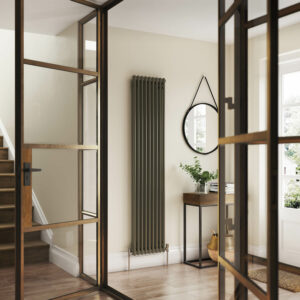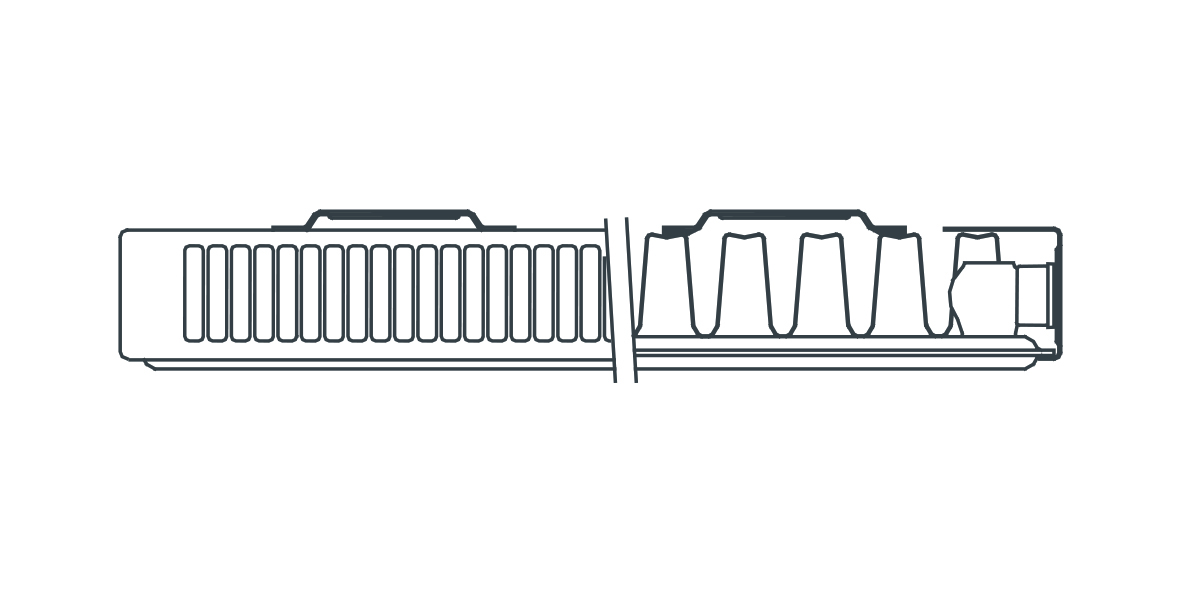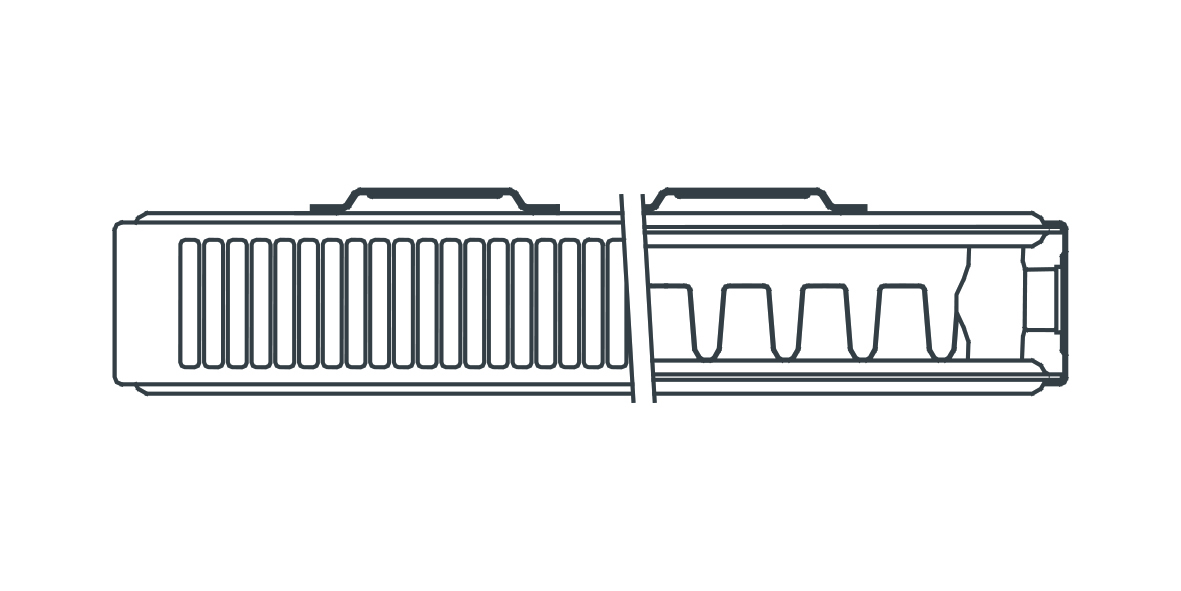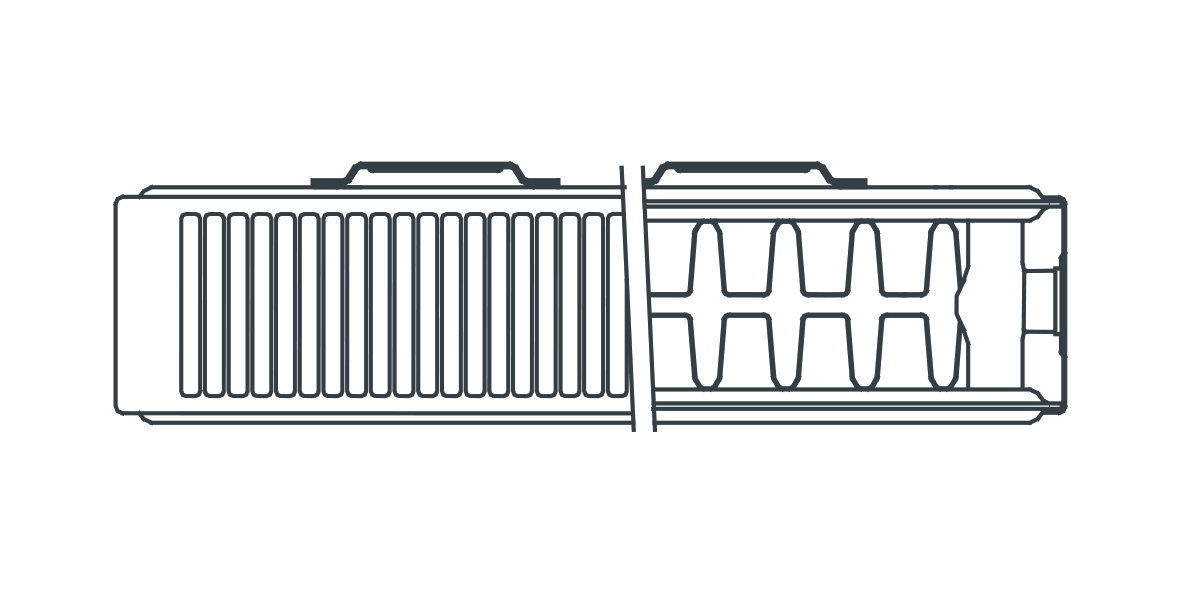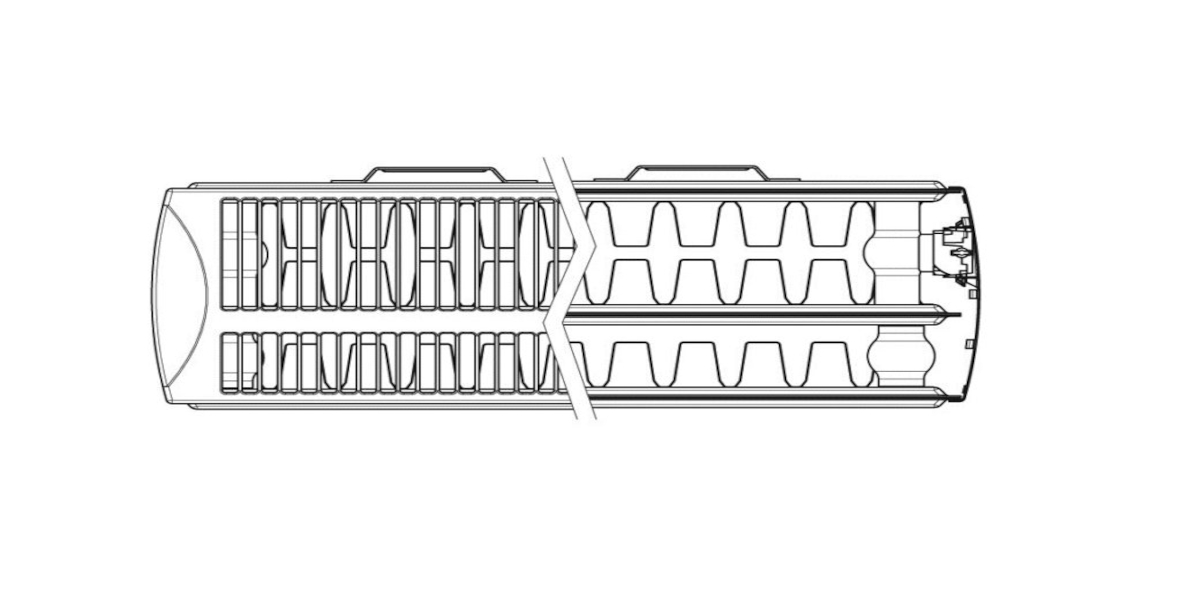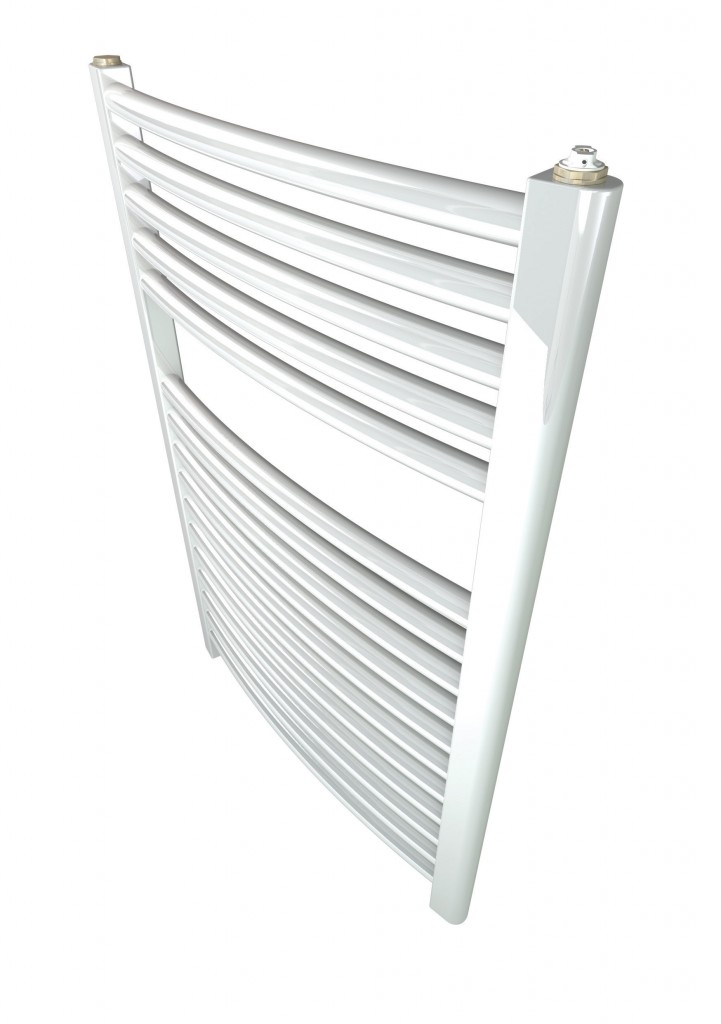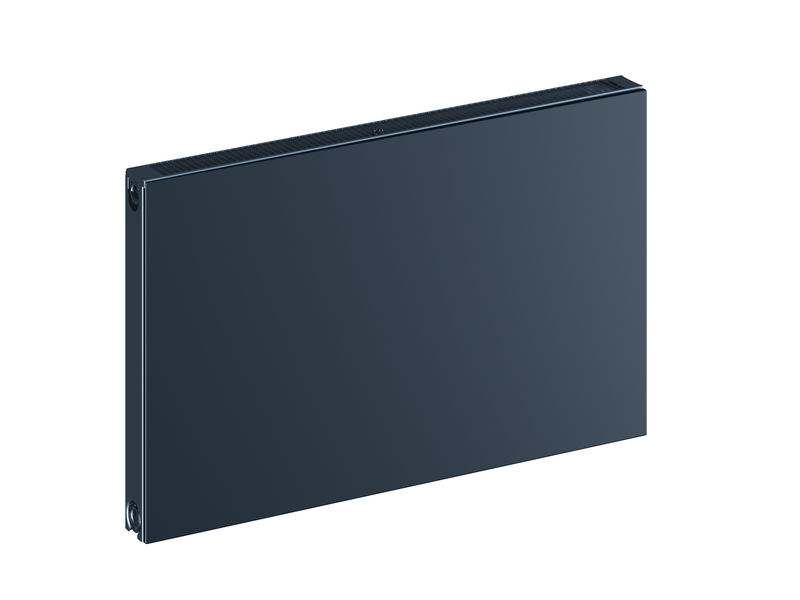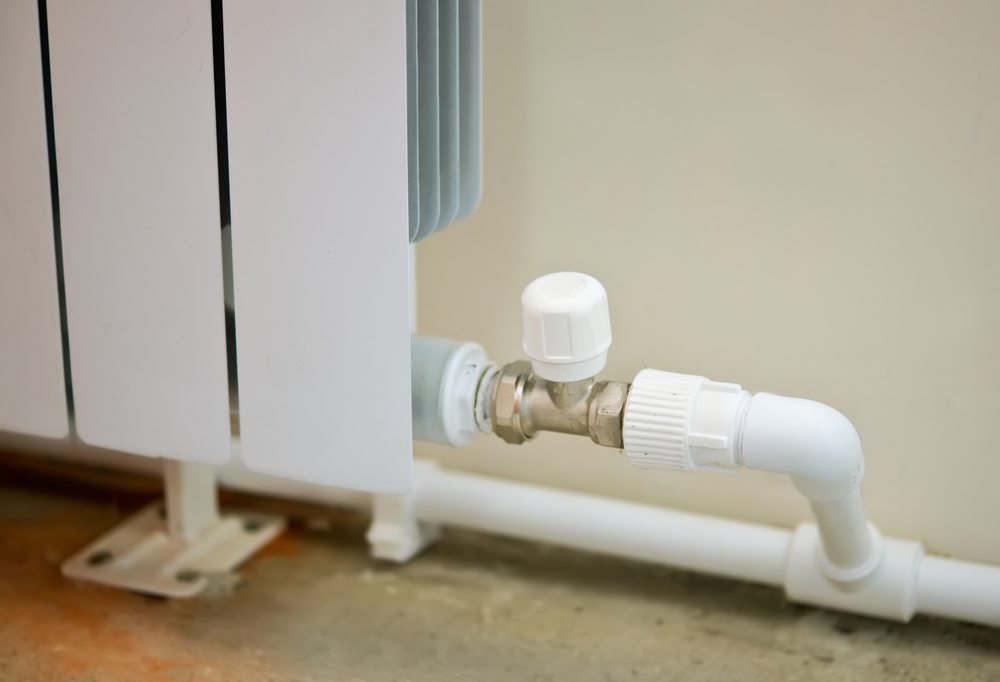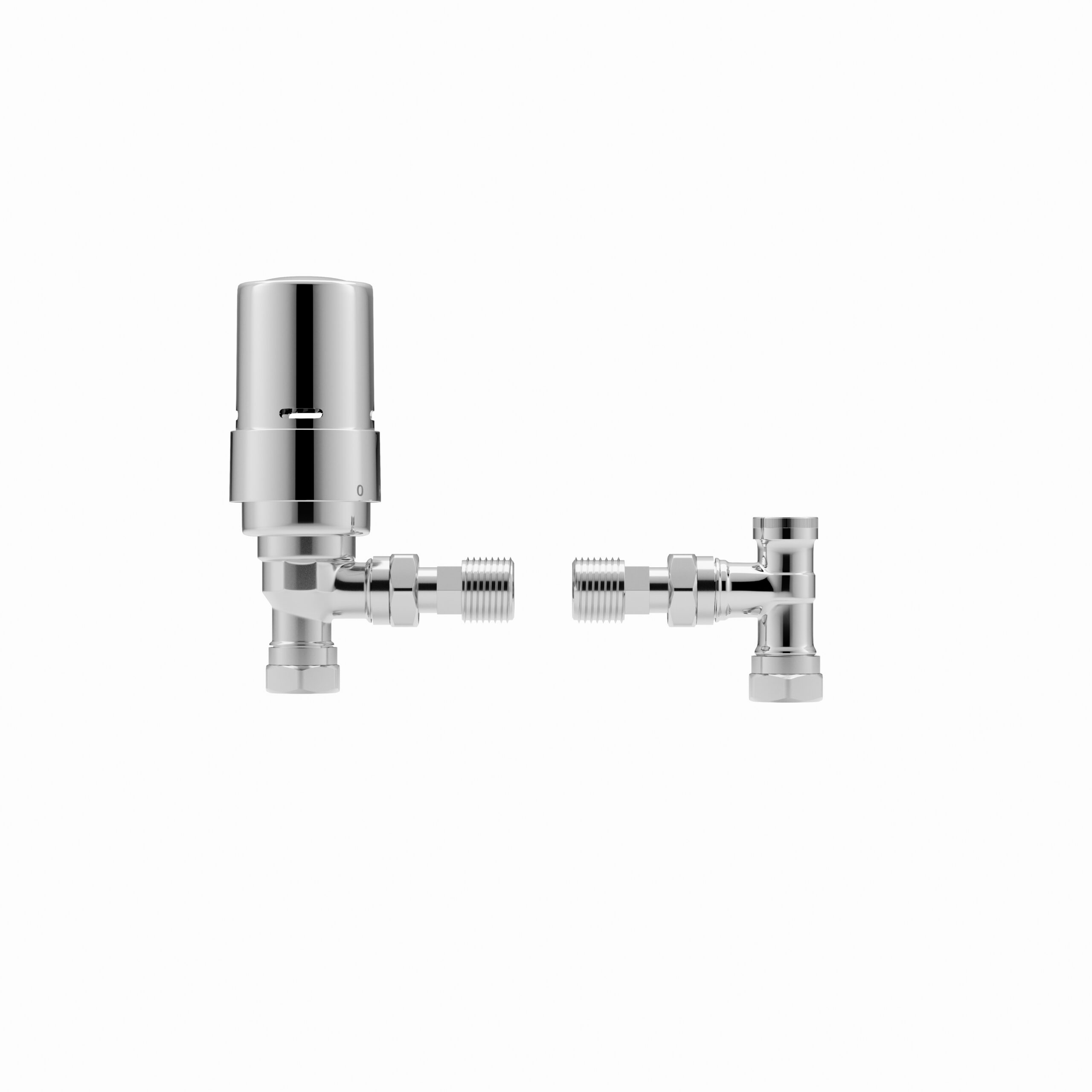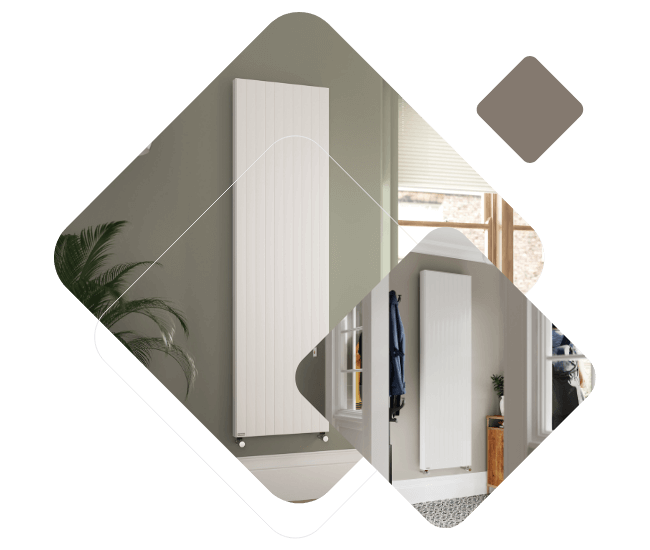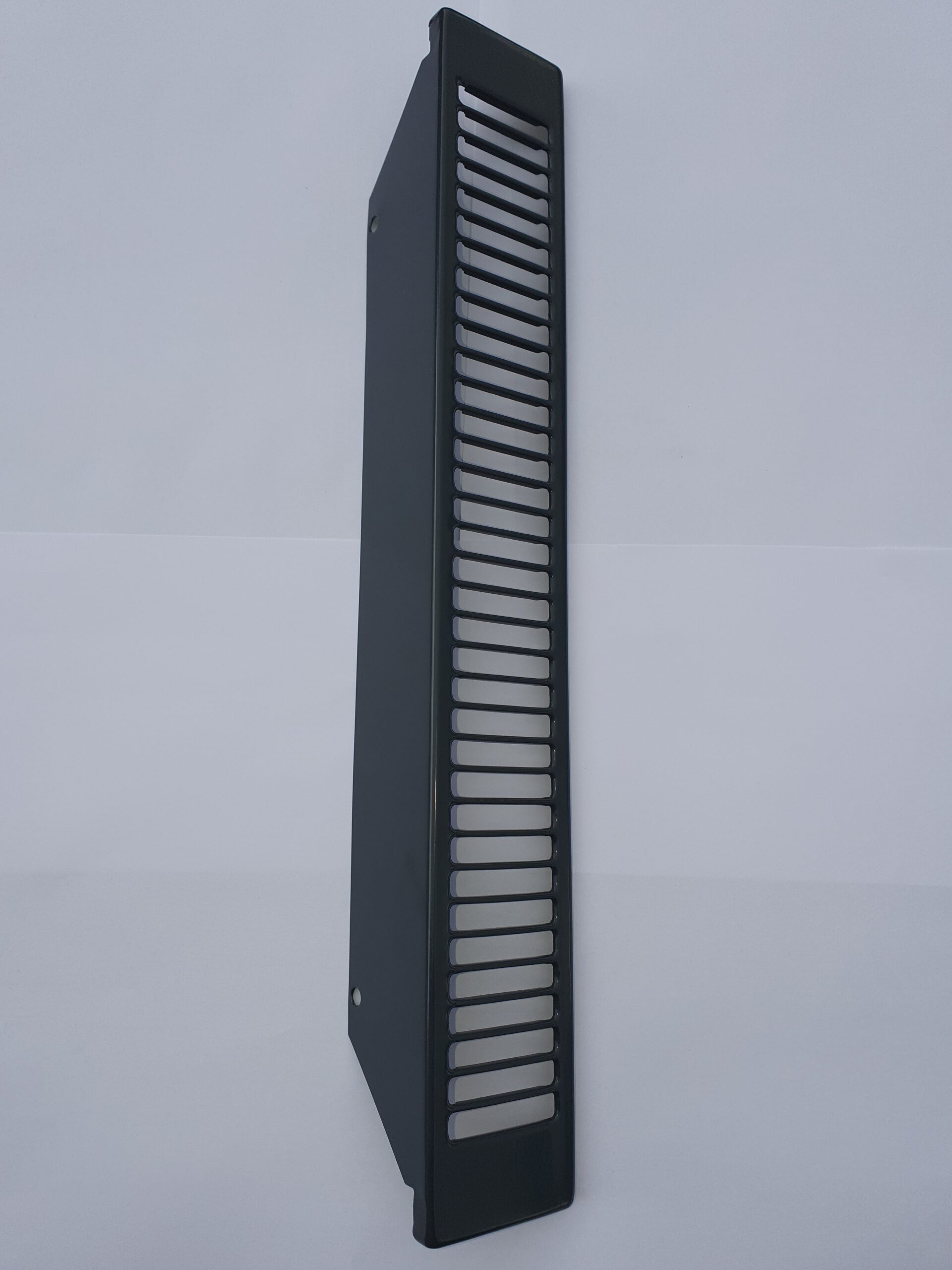Angled or Straight Radiator Valves?
You can choose both angled and straight radiator valves depending on the types of radiators you want to install. Knowing how the valve will be connected, whether wanting to install a TRV valve or a standard valve, is crucial. This will be determined by where the valve inlet is positioned on the radiator.
Side Connection – if your radiator has a side connection, the valves will enter it on both sides, usually close to the bottom.
Underside Connection – if it has an underside connection, you’ll find the valves will either enter from underneath, in the middle, or even at each end depending on its design.
Once you’ve established if your new radiators will have a side or underside connection, you can then easily work out whether you require straight or angled radiator valves to attach to your existing pipework. The difference between these is that angled radiator valves have a 90-degree angled design compared to straight valves, which can be more useful when installing.
- If your radiator has side connections, it will require angled radiator valves, whether your existing pipes are coming up from the floor or coming out of the wall. It will also require these if it has an underside connection with the pipes coming out of the wall.
- If your radiator has an underside connection with the existing pipes coming up from the floor, it’s best to use straight valves.
If you are unsure at all which is best to choose, check the radiator type you want to install and contact us for more advice. If you hire a plumber to install your radiator, they will know which valves are best to use for your particular installation.





